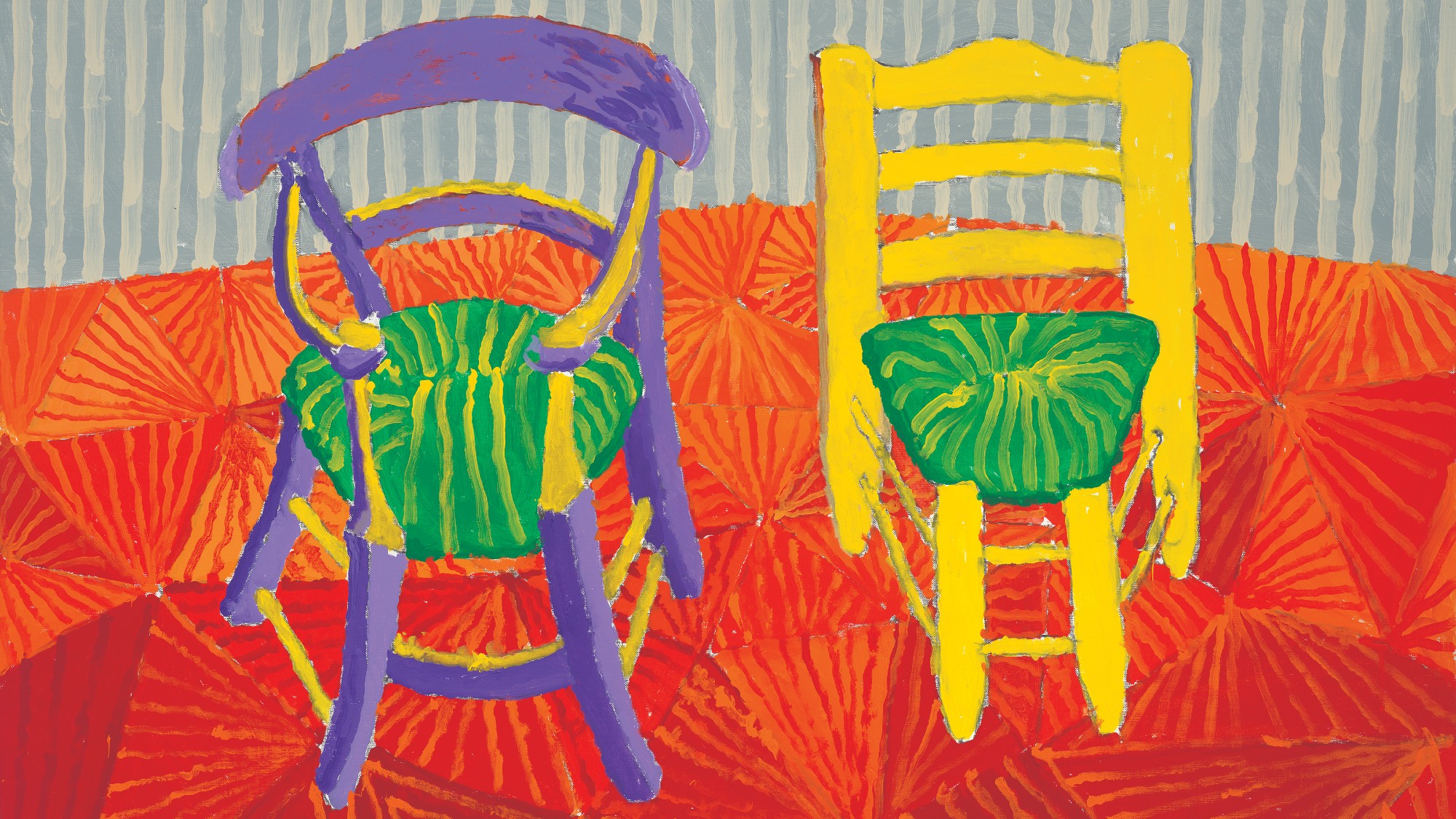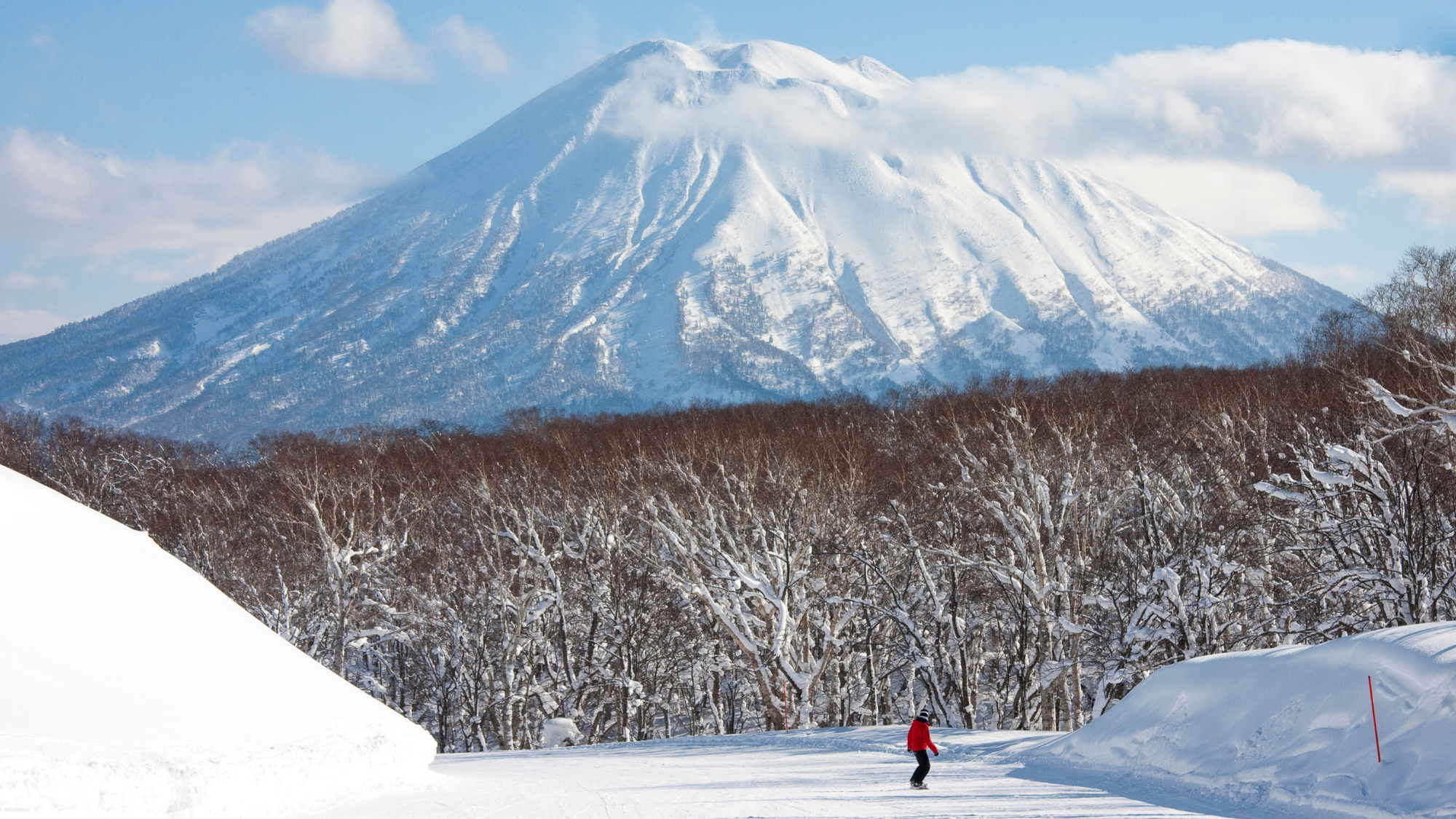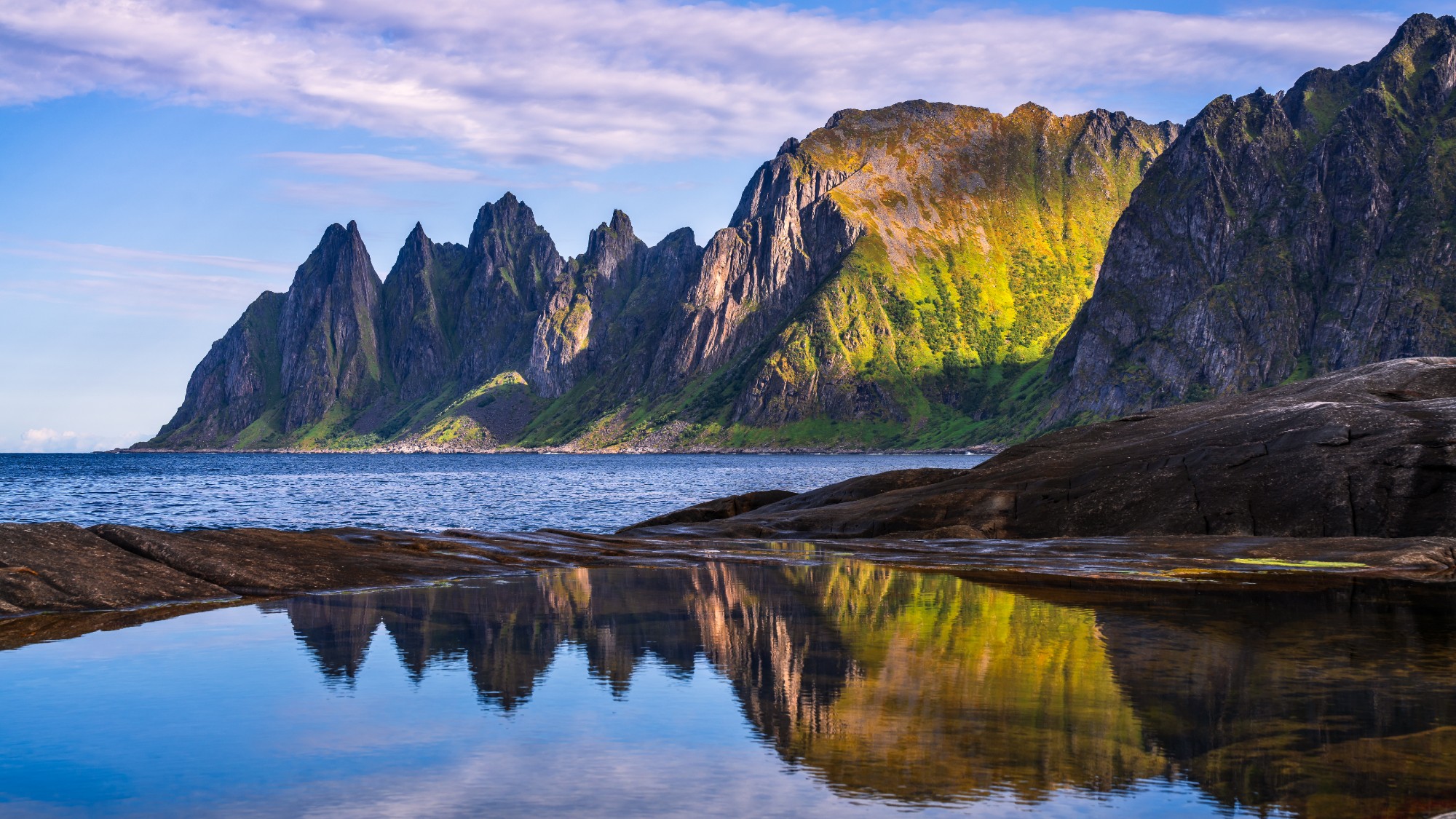The underground Mona Lisa and the trouble with tourists
Visitors to the Louvre have dubbed the crowded experience 'torture' as famous landmarks suffer from overtourism

Famous attractions across the globe are grappling with the problems of overtourism as the travel industry bounces back from the pandemic.
Venice last week introduced an entry fee for day-trippers, and now the world's most famous artwork may be moved to an underground room at the Louvre, while a town in Japan is planning to block views of Mount Fuji.
'Perpetually crammed' gallery
Up to 10 million people a year visit the "Mona Lisa" at the Louvre, crowding into the Paris gallery where "she gazes out from behind 3in of bulletproof glass", said The Times. Many visitors queue for up to two hours to spend an allotted 30 seconds in front of the piece and "come away feeling cheated".
The Week
Escape your echo chamber. Get the facts behind the news, plus analysis from multiple perspectives.

Sign up for The Week's Free Newsletters
From our morning news briefing to a weekly Good News Newsletter, get the best of The Week delivered directly to your inbox.
From our morning news briefing to a weekly Good News Newsletter, get the best of The Week delivered directly to your inbox.
The painting's present room – the Salle des États – is "perpetually crammed", with up to 25,000 people on a busy day, some of whom have described the experience as "torture" in online reviews.
Laurence des Cars, the director of the Louvre, has suggested moving "Mona Lisa" to her own basement room, to make the visitor experience more satisfying.
"It's high time this queen of the Louvre was overthrown," said Laura Freeman, chief art critic of The Times. Most people don't even "look at the Mona Lisa or her smile, they just want a souvenir snap with their back to the picture", while ignoring the room's other "masterpieces by Titian, Tintoretto and Veronese". Banish her "to the basement, crank up the air-conditioning, stagger the tour groups and ban the cameras".
'Jostling tourists looking for likes'
In Japan, visitors have been "flocking" to the town of Fujikawaguchiko, at the foot of Mount Fuji, after travel bloggers began posting videos and pictures of the "epic" 3,776-metre landmark framed above a local supermarket, said The Telegraph.
A free daily email with the biggest news stories of the day – and the best features from TheWeek.com
The area outside the chain store has been "taken over by jostling tourists looking for likes", to the "dismay" of locals. Visitors often "lie in the road" or block the traffic as friends take photographs, with a 26-year-old Moroccan tourist hit by a car last week. Others have climbed onto roofs.
The "juxtaposition of the soaring volcano" and the "banal sight of one of Japan's most ubiquitous shops" have made the site so popular that the town, in the Yamanashi region, is "at its wits' end over the behaviour", said the BBC.
The local council is now set to erect a screen measuring 65ft wide and more than 8ft tall, to "deter social media-hungry snappers", said The Telegraph.
A move to 'long-term sustainability'
Other "strict new measures sought to curb overcrowding" around the world include the new €5 daytripper fee to enter Venice's historic centre, a ban on new hotels in Amsterdam, and a potential entry charge to the Plaza de España in Seville, said the i news site.
And Barcelona has removed a bus route from Google Maps in a bid to reduce large tourist numbers from a popular area of the city.
Many of the measures follow demands from local resident groups. "The protests in the Canary Islands are the most recent, and perhaps loudest, example of a tide of dissent against tourism that encroaches on the lives of residents".
Ultimately, said Travel and Tour World, combating overtourism will depend on prioritising "long-term sustainability over short-term gains, ensuring that travel remains a positive force in the world for generations to come".
Chas Newkey-Burden has been part of The Week Digital team for more than a decade and a journalist for 25 years, starting out on the irreverent football weekly 90 Minutes, before moving to lifestyle magazines Loaded and Attitude. He was a columnist for The Big Issue and landed a world exclusive with David Beckham that became the weekly magazine’s bestselling issue. He now writes regularly for The Guardian, The Telegraph, The Independent, Metro, FourFourTwo and the i new site. He is also the author of a number of non-fiction books.
-
 David Hockney at Annely Juda: an ‘eye-popping’ exhibition
David Hockney at Annely Juda: an ‘eye-popping’ exhibitionThe Week Recommends ‘Some Very, Very, Very New Paintings Not Yet Shown in Paris’ testifies to the artist’s ‘extraordinary vitality’ and ‘childlike curiosity’
-
 A dreamy skiing adventure in Niseko
A dreamy skiing adventure in NisekoThe Week Recommends Light, deep, dry snow and soothing hot springs are drawing skiers to Japan’s northernmost island
-
 DC tourism has taken a hit
DC tourism has taken a hitUnder the Radar The government shutdown has reduced tourist attractions
-
 Projects and pantry staples: Fall’s new cookbooks are primed to help you achieve all sorts of deliciousness
Projects and pantry staples: Fall’s new cookbooks are primed to help you achieve all sorts of deliciousnessThe Week Recommends Starring new releases from celebri-cooks Samin Nosrat and Alison Roman
-
 8 hotels that show off the many facets of Japan
8 hotels that show off the many facets of JapanThe Week Recommends Choose your own modern or traditional adventure
-
 Japan meets Italy at The Bulgari Hotel in Tokyo
Japan meets Italy at The Bulgari Hotel in TokyoThe Week Recommends Experience the peak of hospitality in an exclusive high-rise hotel in the heart of Tokyo
-
 5 fun cycling tours that let you vacation on two wheels
5 fun cycling tours that let you vacation on two wheelsThe Week Recommends Gain a new perspective while pedaling
-
 Go beyond the islands you already know in these 8 countries. Surprises await.
Go beyond the islands you already know in these 8 countries. Surprises await.The Week Recommends These destinations fly under the radar

